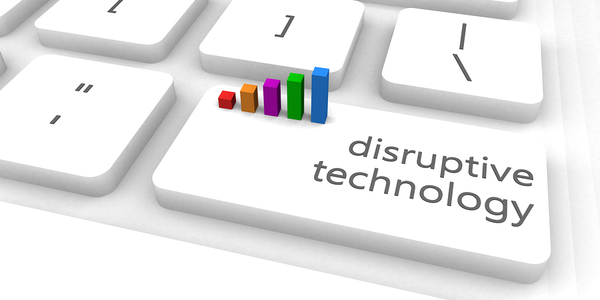Many observers think healthcare is a prime target for digital disruption. While the U.S. healthcare model can provide excellent care, its provisions of care and care standards are not necessarily uniform. They do not extend to all health systems or the underserved.
It is also centered in bricks-and-mortar locations like Southwest Care, which try to keep up to date with the times. However, many still have cumbersome appointment systems, in an era where digital platforms increasingly connect people with more convenience and efficiency than the physical world can.
Is Digital Disruption on the Horizon?
The increasing emphasis on digital disruption and healthcare can be seen in increased funding for digital companies involved in healthcare. Their funding growth grew 200% between 2010 and 2014, according to TechCrunch.
At the same time, it’s also easy to see why healthcare practitioners might be wary about digital disruption. The stakes are very high: the health, and potentially the lives, of their patients. Start-up experimentation may erode existing safeguards and innovation’s ability to serve patients better may be unproven.
Nonetheless, it’s important to realize that both healthcare practitioners and digital disruptors see a number of areas where both patients and healthcare practitioners could be better served by innovative digital methods. Here are a few known areas where innovative digital methods could make inroads to serve everyone concerned.
- Bricks-and-mortar centered care and lengthy waits for appointments
Existing methods of digital communication, such as video conferencing, might eliminate requirements that patients travel and wait. Some health conditions make this burdensome, and it is less than convenient for all parties. The necessity might lead people who work during office hours, especially, to put off needed healthcare. As it is, physician work overflow is often handled by other healthcare personnel, such as nurse practitioners.
A digital platform capable of connecting healthcare professionals and patients seems likely to provide benefits within this system. The clinical exam is often performed in person, but many observers believe a method synergizing office visits with a digital interface is worth considering. Patients can also access their records with digital platforms.

Digital systems could improve the coordination of medical records.
- Coordination of medical records between multiple healthcare providers
Currently, medical records are increasingly digital. Even when they are, however, they are recorded and stored in different electronic systems. With appointments booked through a healthcare kiosk which could help with the storage and protection of patient data. As a result, they often can’t be shared among widely disparate systems of doctors’ offices, hospitals, clinics and other healthcare providers. The lack of interface potentially affects care, can impede diagnoses requiring medical history, and is highly expensive to a system already burdened with large costs.
According to a dialogue posted by the University of Pennsylvania’s Wharton School of Business, the solution is the creation of digital tools to input and maintain integrated health records, available to all practitioners across the care cycle.
Patient privacy, of course, needs to be an integral part of any digital records system.
- Provision of preventive care
Many chronic diseases – diabetes and heart disease, for example, can be prevented from progressing by preventive care. Preventive testing like as mammograms and colonoscopies can catch diseases such as cancer before they have developed into life-threatening status. Yet patients do not always keep up with preventive care recommendations. Moreover, some parts of the healthcare system only have the capacity to provide acute care.
The panel at the Wharton School observed that the Internet of Things, which has the capacity to collect and send data through wireless networks, might be of use in ensure convenient monitoring of health and making clear the impact of lifestyle choices on health.
The U.S. healthcare system is excellent but also impacted by complication and burdens of duplicative effort and cost. Millions of families need the Family Medicine treatment and care they deserve, but with these complications impacting on this, it’s hard for them to receive this. So, the real question is, can digital disruption help fix the system? In these three areas, innovative digital platforms and methods are worth exploring.
